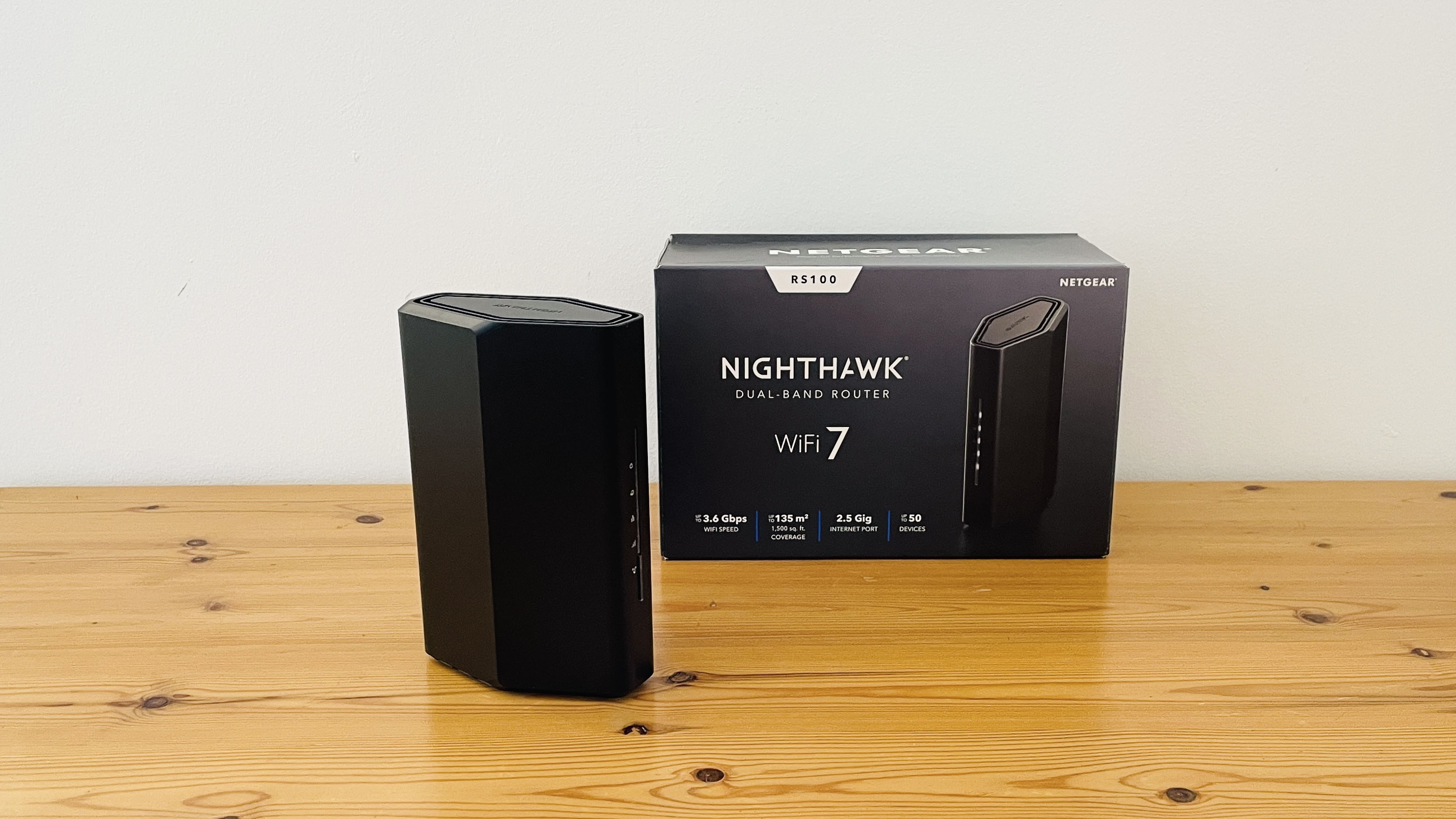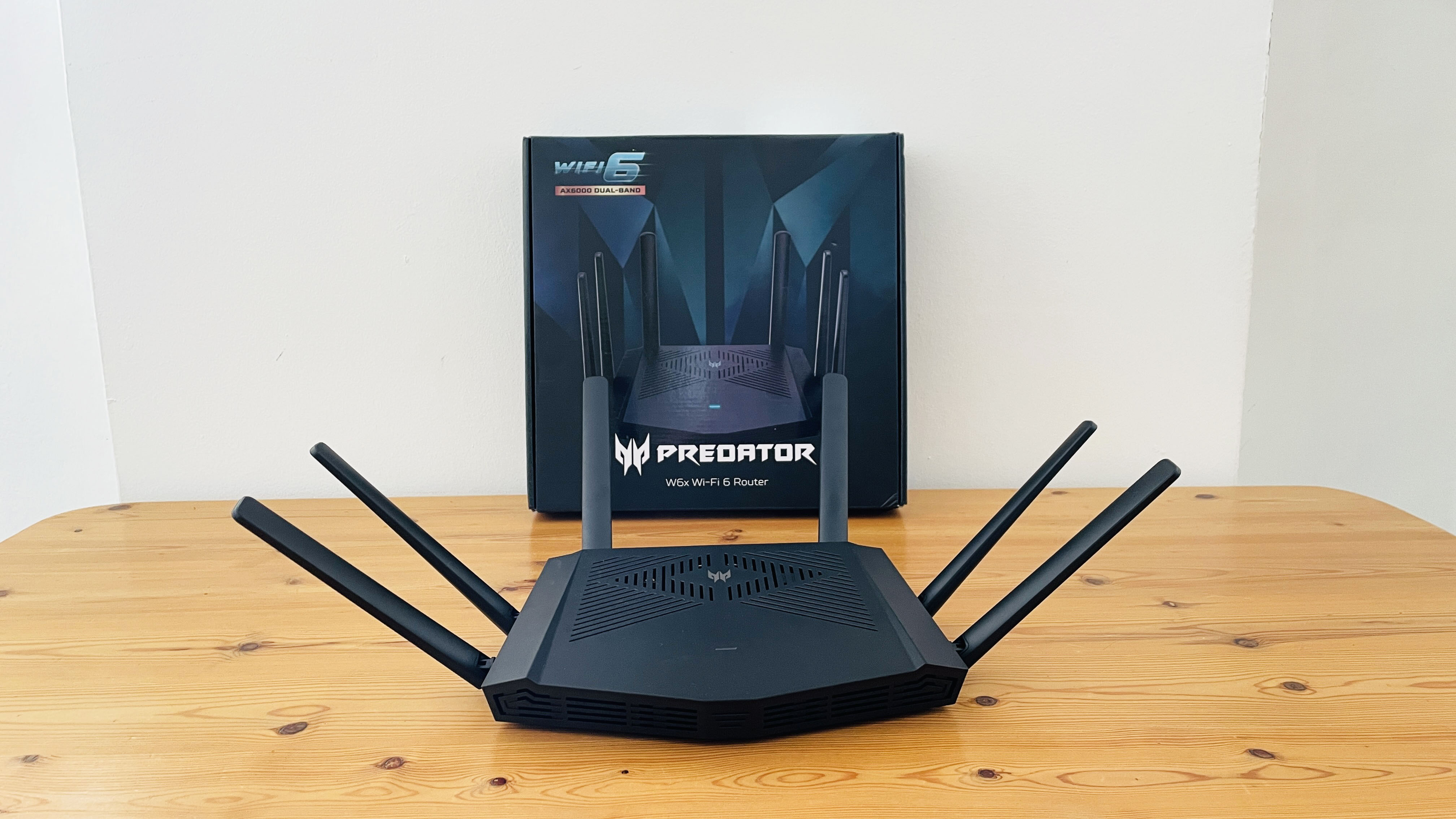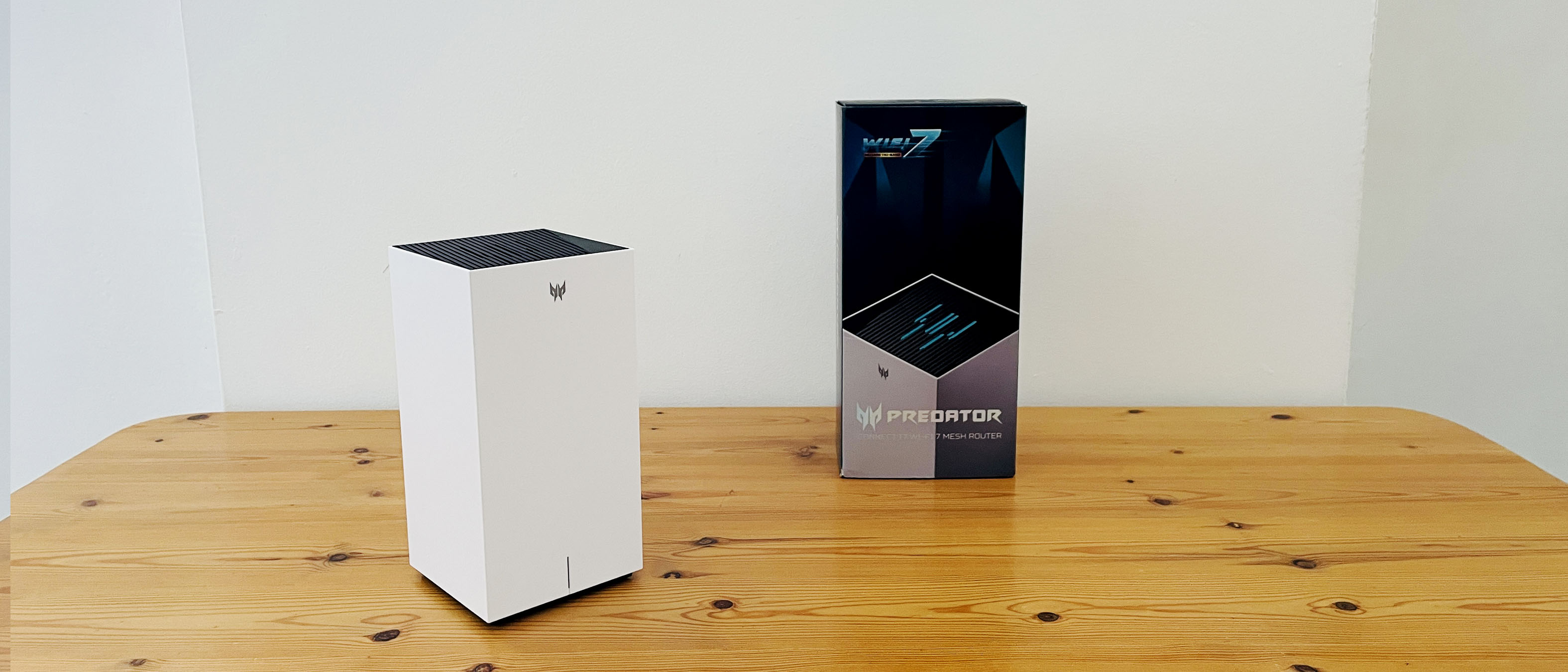Wi-Fi & Broadband
Latest about Wi-Fi & Broadband

Vodafone outage – can you get compensation and what caused it? Here's what experts say
By Mark Wilson published
Vodafone went down this week in a massive disruption for its broadband and mobile customers. We asked experts for guidance on compensation and what might have caused the meltdown.

The best gaming routers 2025: top routers for gamers
By Matt Hanson last updated
Updated Having a strong, fast and reliable internet connection is increasingly essential for games, so check out our list of the best gaming routers.

The best Wi-Fi extenders in 2025: top devices for boosting your WiFi network
By Matt Hanson last updated
Buying Guide The best Wi-Fi extenders will make sure you can get online anywhere in your house.

The best mesh Wi-Fi system 2025
By Matt Hanson last updated
Updated From Netgear Orbi to Google Nest Wifi Pro, these are the best Wi-Fi mesh systems you can buy today.

Netgear Nighthawk RS100 review: Netgear sees the light and releases an affordable Wi-Fi 7 router
By Cliff Joseph published
We put Netgear's affordable Wi-Fi 7 router, the Nighthawk RS100, through its paces - but is it worth the money?

These Wi-Fi routers can help detect motion in your home, but are also sparking privacy worries – here's why
By Monica J. White published
Xfinity, a Comcast brand, has introduced a feature that lets your router and connected devices track motion in your home. Here's why it's not all good news.

Forget Starlink – this Chinese satellite internet tech is capable of 1Gbps speeds that are five times faster
By Monica J. White published
Chinese researchers have just achieved a new 1Gbps data transmission from a geostationary satellite – this kind of speed is unheard of, even for Elon Musk's Starlink.

Acer Predator Connect W6x: an affordable Wi-Fi upgrade for owners of older computers and mobile devices
By Cliff Joseph published
The Predator Connect W6x router sticks with last-gen Wi-Fi 6, but it provides very respectable performance at a competitive price.

Acer Predator Connect T7 Wi-Fi 7 Mesh Router: super-fast Wi-Fi 7 router for hardcore gamers
By Cliff Joseph published
Acer’s gaming router runs faster than a speeding bullet in an FPS arena

Experts warn of heatwave danger to routers, so act now before summer kicks in and temperatures could really soar – to the point that kills your Wi-Fi
By Darren Allan published
Sunlight is the root of all evil? Well, maybe not, but in its direct form, it really isn’t good for your Wi-Fi router.
Sign up for breaking news, reviews, opinion, top tech deals, and more.